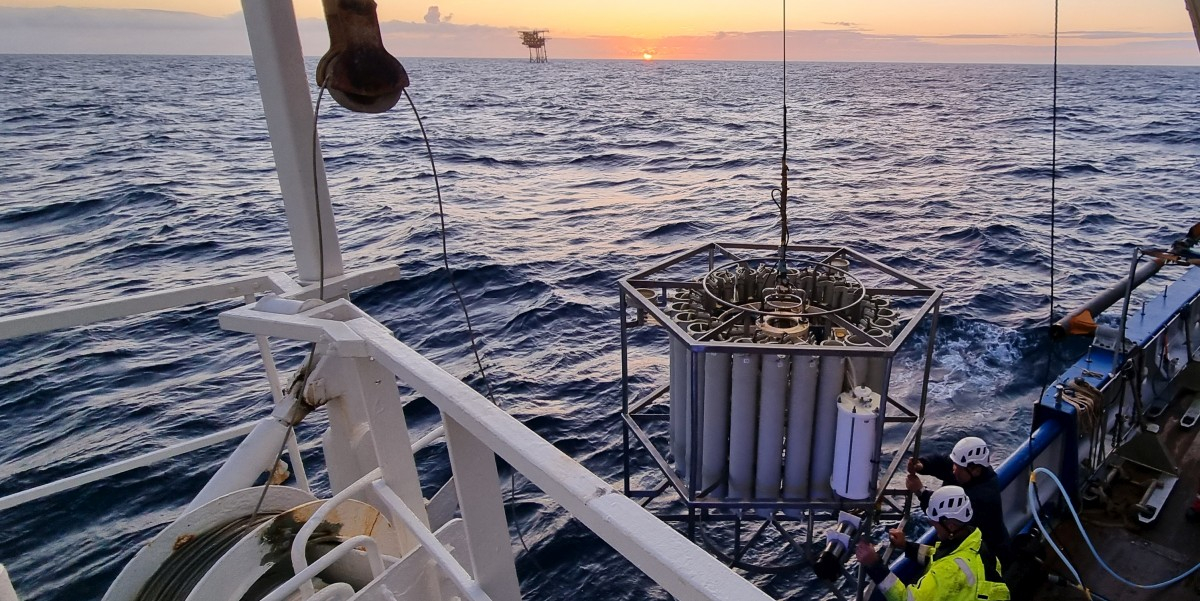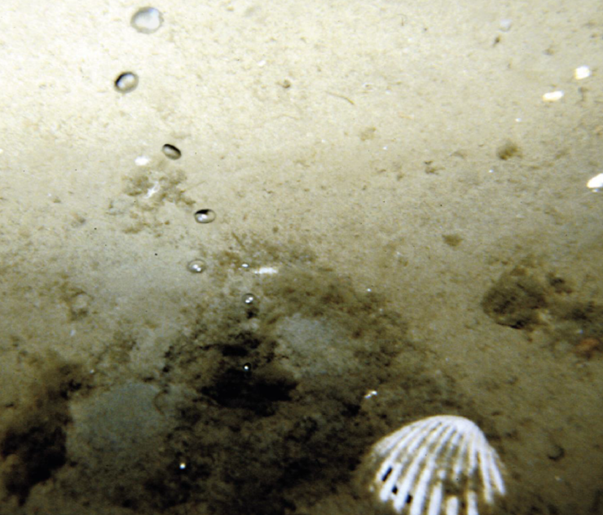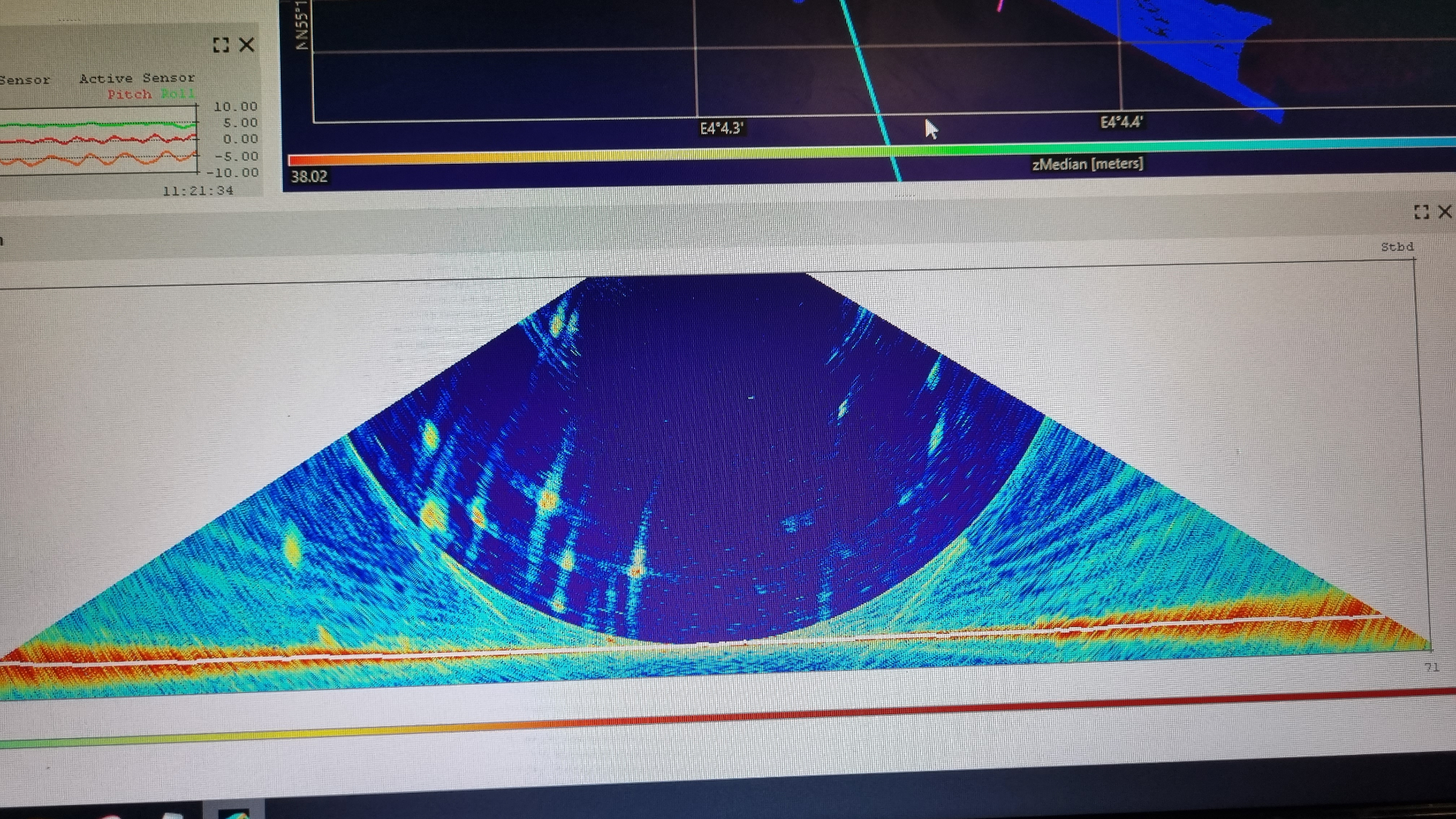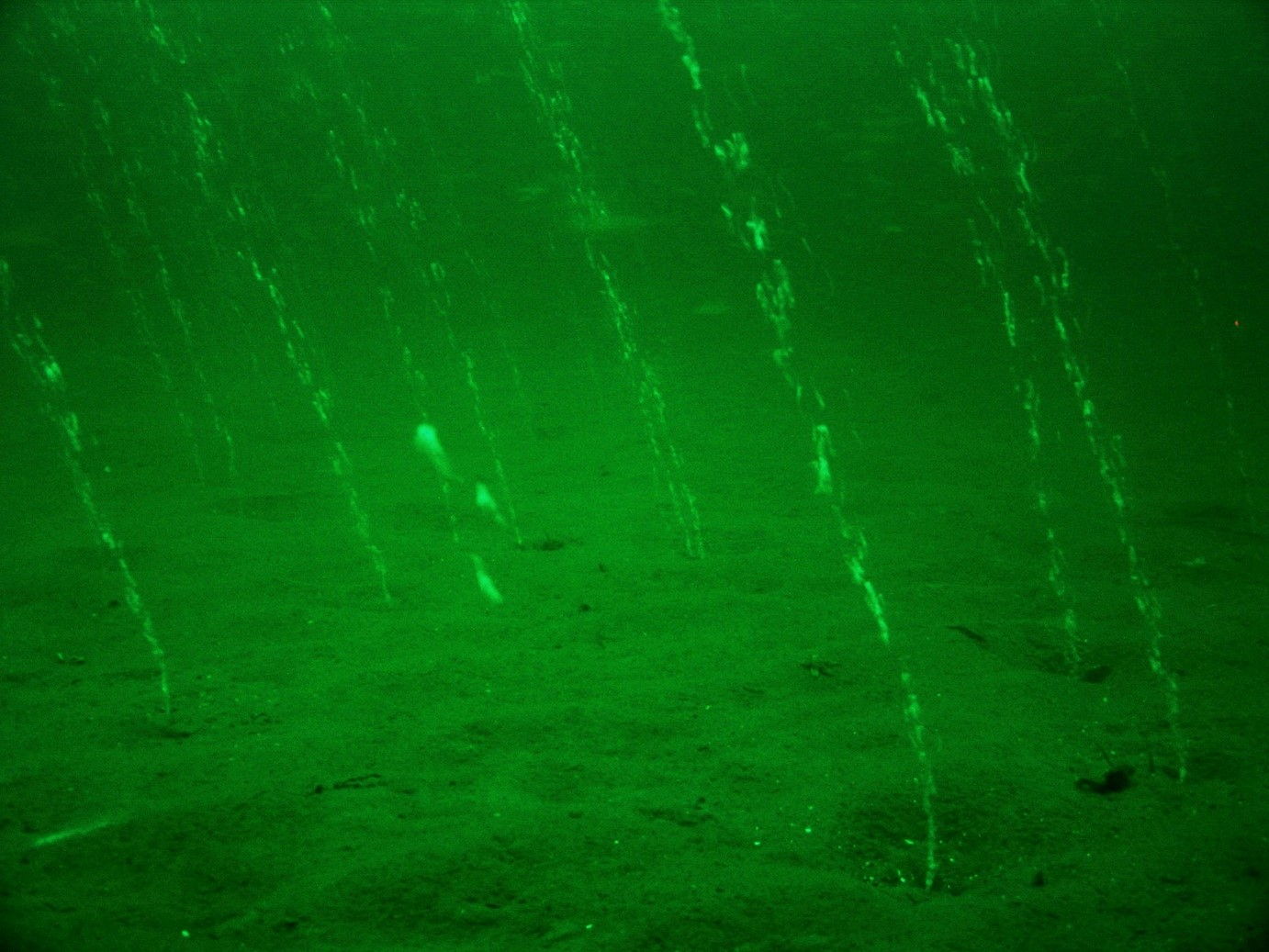Measurement project for methane from the North Sea seabed started

A TNO study shows that in the Dutch territorial waters in the North Sea, approximately 240 wells (of a total of 2150) have been drilled in areas where shallow gas naturally occurs. TNO points out that methane gas may be naturally bubbling up (comparable to bog gas bubbling up from a ditch). The conclusion of the TNO inventory is that there is still not enough understanding of the causes of methane emissions from the seabed.
In response to earlier questions from the Dutch Parliament and to gain more understanding of methane emissions from the seabed, the Dutch government has decided to commission a study into methane emissions from the seabed. This study aims to map the methane emissions in the vicinity of wells (but also in other areas), investigate the cause and extent of these emissions and draw conclusions about possible leaks from wells, abandoned or not. The practical aim of the study is consequently to provide a basis for better supervision of (the drilling, use and abandonment of) wells. The Royal Netherlands Institute for Sea Research (NIOZ) will therefore carry out independent research on site, commissioned by the State Supervision of Mines (SodM) and in cooperation with TNO.
A lot is still unknown
The German conclusions raise many questions. "For example, is it methane from layers a few hundred metres deep, from which gas that is well over a few million years old is produced, or is it recently formed methane from the top metres of the seabed," says Prof Gert-Jan Reichart, marine geologist at the Royal Netherlands Institute for Sea Research (NIOZ). Another important question is how much of the methane dissolves in the seawater and is used by the local ecosystem and how much eventually ends up in the atmosphere. These are important questions that need to be answered in order to determine how much this leakage contributes to the greenhouse effect and global warming.
In 2020, the German publications led to questions in the Dutch Parliament. The then Minister Wiebes responded by saying that State Supervision of Mines (SodM) and the Netherlands Organisation for Applied Scientific Research (TNO) had already investigated the condition of old wells and that they would carry out follow-up research. Both parties have asked NIOZ to participate as an independent institute and to conduct on-site research in the North Sea to answer a wide range of research questions.

Research approach
During an expedition on the North Sea about 50 wells will be investigated if methane is released at the well or in the vicinity. By means of special measurements with underwater sound it can be determined whether gas bubbles are released from the seabed. In addition, the methane content of the water is measured.
To determine the effect of the methane, researchers from NIOZ will take water, soil and methane samples in the North Sea and examine them in the laboratory. "Using laboratory experiments, we want to discover how much of the methane is 'eaten' by the (microscopic) life in the soil and seawater," says Helge Niemann, microbiological researcher at NIOZ. "And of course we also want to know what the gas is then converted into."
In addition to the experiments in the lab, measurements will also be taken on the seabed for a longer period of time during follow-up expeditions using bottom landers. These can be used to monitor how much methane is being eaten by the bottom life. This is important because the situation on the sea floor can vary from place to place and will also vary over time. The release of methane can be low or high, possibly also as a function of tidal effects. In addition, the 'methane-eating' benthic life can also vary greatly due to differences in the local ecology.
Combining knowledge and experience
During this research, NIOZ and TNO will combine their knowledge and experience in a unique collaboration. NIOZ is specialised in research at sea and is an expert in the field of all kinds of processes that take place in the water column and on / just below the seabed. TNO has a lot of knowledge and data on the subsurface, the occurrence of shallow gas, the characteristics of the sediments and rocks through which the wells have been drilled, well integrity, etc.
With the results of the study, the Dutch government can evaluate the current policy and determine future new policy.
Contact details
Gert-Jan Reichart
Head of the Ocean Systems Division
Professor of Marine Geology
Royal Netherlands Institute for Sea Research (NIOZ) and Utrecht University
gert-jan.reichart@nioz.nl
+31 (0)6 1707 0612
Helge Niemann
Professor of Microbial Biochemistry
Royal Netherlands Institute for Sea Research (NIOZ) and Utrecht University
helge.niemann@nioz.nl
+31 (0)222 36 9463
Kim Sauter
Head of Communications, Royal Netherlands Institute for Sea Research (NIOZ)
communication@nioz.nl
+31 (0)222 36 93 69

